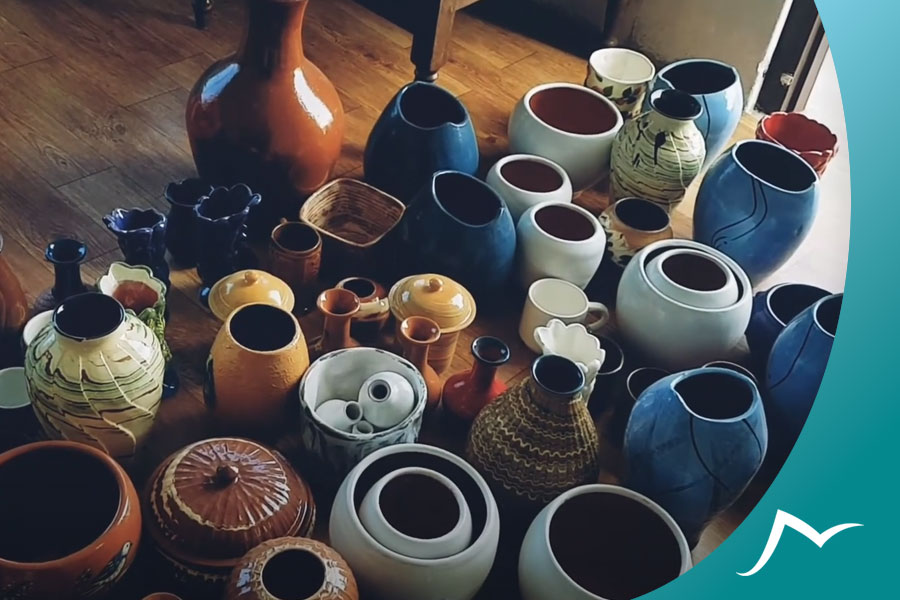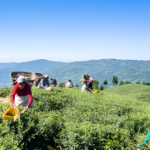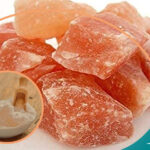Pottery in Nepal has a long and fascinating history, with the earliest pottery in Nepal dating back to the prehistoric period. Over time, pottery making has developed into a sophisticated craft with various techniques and styles. The significance of pottery in Nepalese history cannot be overstated, as it has been an essential part of religious and cultural practices for centuries.
This guide is aimed at helping visitors interested in buying pottery in Nepal, whether as a souvenir, a gift, or simply as a way to appreciate the beauty and craftsmanship of Nepalese pottery. It provides:
- An overview of the history of ceramics in Nepal.
- The different types of pottery.
- The pottery-making process.
- The pottery market in Nepal.
Additionally, it offers valuable tips on bargaining, authenticity, customs, and shipping.
By following this guide, you can gain a deeper appreciation of the art of pottery in Nepal and better understand the process and market when buying pottery. Whether you’re a pottery enthusiast, a traveler looking for unique souvenirs, or simply someone who appreciates beautiful handmade items, this guide will help you discover the art of pottery in Nepal and navigate the buying process.
History of Pottery in Nepal
Pottery making in Nepal can be traced back to ancient times, with evidence of pottery dating back to the Neolithic period (circa 5500 BCE). The earliest pottery in Nepal was mainly made using hand-building techniques and was primarily used for domestic purposes such as storage, cooking, and serving.
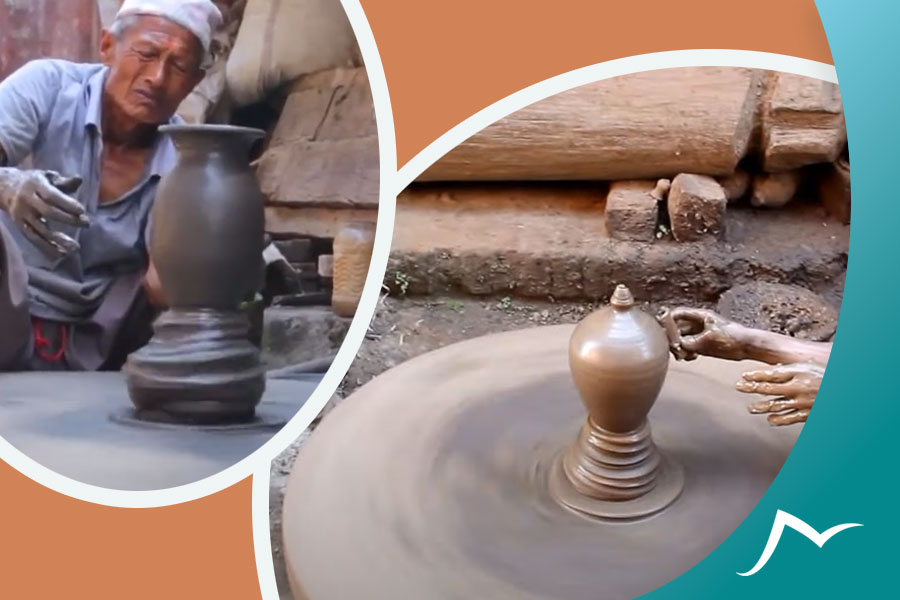
As Nepal developed into a society with diverse cultural and ethnic groups, the art of pottery evolved to reflect these differences. Over time, pottery-making techniques were refined, and different styles emerged based on regional traditions and preferences. The development of the potter’s wheel in the 6th century BCE brought a new dimension to pottery making in Nepal, allowing potters to produce a wider range of shapes and sizes.
Pottery has played a significant role in Nepalese history and culture. In ancient times, pottery was used for trade and commerce, with goods transported over long distances by traders. Pottery also had religious and spiritual significance, with some pottery items used in religious rituals and ceremonies. Today, pottery remains an essential part of Nepalese culture, and traditional pottery-making techniques are still passed down from one generation to the next.
Types of Pottery in Nepal
Pottery in Nepal is a diverse art form with different styles and techniques potters use nationwide. Here are some of the most common types of pottery in Nepal:
Terracotta Pottery
Terracotta pottery is one of Nepal’s oldest and most traditional forms. Made from unglazed, baked clay, it is typically reddish-brown and is used for a wide range of household items such as flowerpots, water pots, and cooking pots. Terracotta pottery is also used for decorative items such as figurines and lamps.
Black Pottery
Black pottery, also known as “black clay” pottery, is made using a particular type of clay found in the hills of Kathmandu Valley. The clay is mixed with sand and straw to make it more durable, and the final product is polished with a smooth stone to give it a unique black sheen. Black pottery is often used for decorative items such as vases, lamps, and figurines.
Red Pottery
Red pottery, as the name suggests, has a reddish hue due to the use of red clay. It is typically made using a wheel and is often decorated with intricate designs and patterns. Red pottery is used for various items such as bowls, cups, and plates and is also famous for decorative items such as figurines and wall hangings.
Other Types of Pottery
In addition to the above, there are many other types of pottery in Nepal, each with its unique characteristics and uses. For example, white pottery is made using a mixture of white clay and quartz and is often used for decorative items. There is also blue pottery, made using a variety of clay, water, and natural dyes, typically used for things such as vases and plates.
Pottery Making Process in Nepal
Making pottery in Nepal is a labor-intensive and time-consuming task that requires skill and expertise. Here is a brief overview of the pottery-making process in Nepal:
Gathering Materials
The first step in the pottery-making process is to gather the necessary materials. This includes clay, water, sand, and other additives such as straw or ash. Potters in Nepal typically source their materials from local rivers or quarries.
Preparation of Clay
Once the materials have been gathered, the clay is prepared with water and other additives to achieve the desired consistency. The clay is then left to rest for several days to allow any impurities to settle at the bottom.
Wheel Throwing
Wheel throwing is a technique used by potters to create symmetrical pottery items such as bowls and cups. The potter uses a spinning wheel to shape the clay, using their hands and tools to create the desired shape and design.
Hand Building
Hand building is another technique used by Nepalese potters to create unique and asymmetrical pottery items such as vases and figurines. Hand building involves:
- Shaping the clay by hand, without the use of a wheel.
- Using techniques such as pinching.
- Coiling.
- Slab building.
Firing Techniques
The final step in the pottery-making process is firing. Several firing techniques are used by potters in Nepal, including open firing, pit firing, and kiln firing. Open firing involves placing the pottery directly in the fire, while pit firing involves burying it in a pit and surrounding it with burning wood. Kiln firing is a more modern technique that involves firing the pottery in a kiln at high temperatures for longer.
Pottery Market in Nepal
Nepal has a rich tradition of pottery making that dates back centuries. Nepalese pottery is highly sought after both within the country and abroad. Here is an overview of the pottery market in Nepal:
Traditional Pottery Markets
Traditional pottery markets in Nepal are typically found in rural areas where pottery making is an everyday livelihood. These markets offer a range of pottery items, from simple everyday items like cups and plates to more intricate and decorative pieces like figurines and vases. The prices of items in traditional markets are often negotiable, and it is common for buyers to haggle over the price.
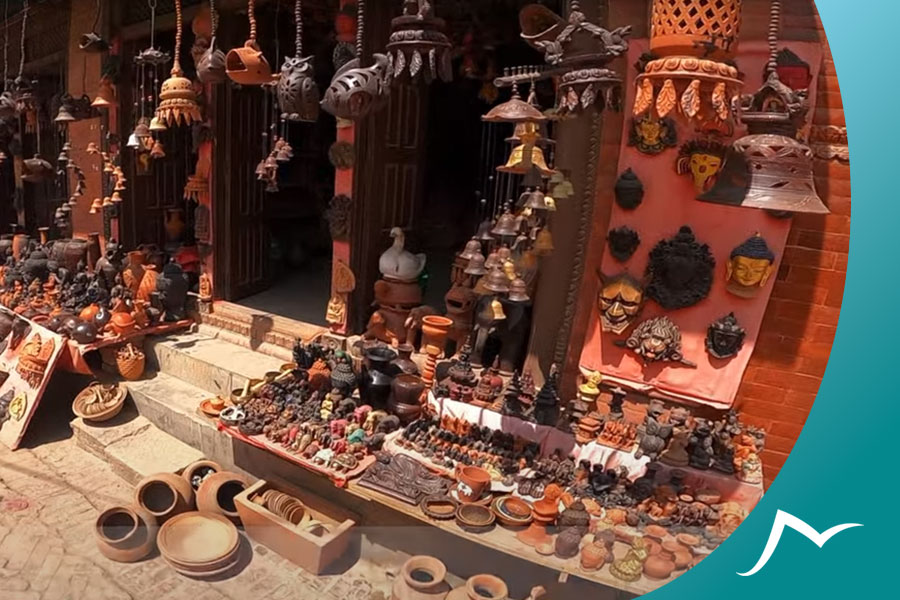
Modern Pottery Markets
Modern pottery markets in Nepal can be found in larger cities like Kathmandu and Pokhara. These markets offer a range of pottery items, from traditional Nepalese designs to more modern and contemporary styles. The items sold in modern markets are often more expensive than those found in traditional markets, reflecting the higher quality and craftsmanship of the items.
Buying Pottery in Nepal
There are several places to buy pottery items. Traditional pottery markets are in rural areas, while modern ones are in larger cities. Visitors can also buy pottery items directly from the artisans who make them. Many pottery workshops and studios offer tours and demonstrations, allowing visitors to see the pottery-making process up close and purchase items directly from the artisans.
Buying pottery in Nepal can be a great way to bring home a unique and beautiful souvenir of your trip. However, it is essential to be mindful of certain things when purchasing. Here are some tips for buying pottery in Nepal:
Tips for Bargaining
Bargaining is common in Nepal, especially when shopping in traditional markets. When buying pottery items, it is important to negotiate the price with the seller. One tip for bargaining is to start with a lower price than what you are willing to pay and gradually increase your offer until you reach a price you are both happy with.
Authenticity of Products
When buying pottery in Nepal, it is essential to be aware of the authenticity of the products. Some sellers may try to pass off mass-produced items as handmade pottery. To ensure that you buy an authentic handmade piece, look for imperfections in the item, such as slight variations in color and shape, which indicate a handmade item.
Customs and Shipping
If you are planning to bring pottery items back home with you, it is essential to be aware of customs and shipping regulations. Check with your country’s customs department to ensure that you are allowed to bring pottery items into the country, and be aware of any restrictions on the number of items you can bring. When shipping pottery items, make sure to package them carefully to prevent breakage during transport.
By following these tips, you can ensure that you have a positive buying experience and bring home a beautiful piece of Nepalese pottery.
Famous Pottery in Nepal
Nepal is home to several regions famous for their unique pottery styles. Here are some of the most well-known types of pottery in Nepal:
Bhaktapur Pottery
Bhaktapur is a city in the Kathmandu Valley that is renowned for its pottery. Bhaktapur pottery is typically made from red clay and is characterized by intricate designs and patterns. The pottery items produced in Bhaktapur include water pots, incense burners, and decorative pieces.
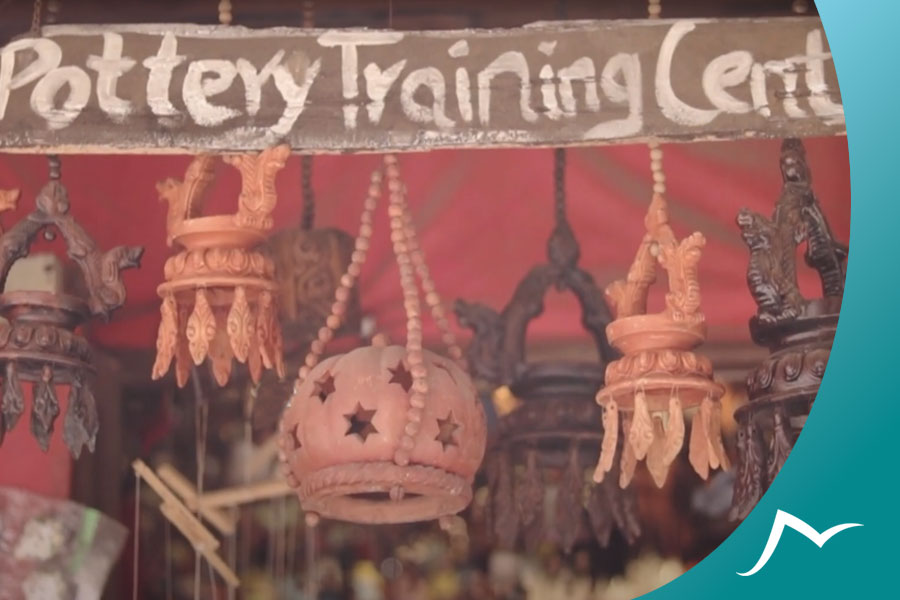
Thimi Pottery
Thimi is another city in the Kathmandu Valley known for its pottery. Thimi pottery is typically made from black clay and is characterized by its simplicity and elegance. The pottery items produced in Thimi include water pots, tea sets, and decorative pieces.
Other Famous Pottery
Other regions in Nepal that are famous for their pottery include Big Cities like Pokhara, Biratnagar, Nepalgunj, known for their colorful terracotta pottery, and Dang, renowned for its traditional terracotta urns.
In conclusion, Nepal has several regions famous for their unique pottery styles. Bhaktapur pottery, Thimi pottery, and Pokhara terracotta pottery are just a few of the many types of pottery that you can find in Nepal. Whether you are a collector or just looking for a beautiful souvenir from your trip, buying pottery in Nepal is a great way to experience the rich cultural heritage of this beautiful country.
Advantages of Acquiring Nepalese Pottery
Buying pottery in Nepal offers several benefits for the buyer and local artisans who make these unique products.
Handmade and Unique Products
One of the biggest benefits of buying pottery in Nepal is that the products are handmade and unique. Each item is crafted by hand using traditional techniques, resulting in one-of-a-kind pieces that machines cannot replicate. Buying pottery in Nepal is an excellent choice for those looking for something special and unique.
Support for Local Artists
Buying pottery in Nepal also helps to support local artists and artisans. These artists often come from families with a long history of pottery making, and buying their products provides a livelihood for their families. By supporting these local artists, you are helping to preserve a traditional craft that has been passed down for generations.
Souvenirs and Gifts
Pottery items make great souvenirs and gifts for friends and family. They are practical, beautiful, and unique, making them the perfect choice for those who appreciate handmade crafts. Whether you are looking for a small trinket or a larger statement piece, there is sure to be a pottery item that will suit your needs.
In conclusion, buying pottery in Nepal is a great way to support local artisans and preserve traditional crafts. The handmade and unique nature of these products, combined with their practicality and beauty, make them the perfect choice for anyone looking for a unique souvenir or gift. So the next time you visit Nepal, visit the local pottery markets and bring home a piece of this rich cultural heritage.
FAQS
What types of firing techniques are used in Nepalese pottery?
Nepalese potters use various techniques, including pit, open, and electric kiln firing.
What are some traditional designs used in Nepalese pottery?
Traditional designs include floral patterns, animal motifs, and geometric shapes.
How can I tell if a piece of Nepalese pottery is authentic?
Look for signs of handcrafting, such as irregularities and variations in the design. Also, purchase pottery from reputable sellers in Nepal.
Can I haggle over the price when buying pottery in Nepal?
Yes, bargaining is expected in markets and small shops in Nepal.
Are there any customs regulations when bringing Nepalese pottery home?
Check with your local customs office for specific regulations, but in general, it’s best to pack pottery carefully and declare it on customs forms.
Are there any special care instructions for Nepalese pottery?
Many Nepalese pottery items must be dishwasher or microwave-safe and hand-washed and air-dried.
Can I learn how to make pottery in Nepal?
Yes, several pottery workshops and classes are available in Nepal for those interested in learning the craft.
Can I get pottery shipped to my home country?
Many pottery sellers in Nepal offers international shipping. However, it is essential to inquire about shipping costs and customs regulations.
Conclusion
In conclusion, pottery has played a significant role in Nepalese culture and history. The pottery-making process in Nepal is a fascinating and intricate craft with various techniques and styles. The pottery market in Nepal offers a wide variety of traditional and modern pottery. By buying pottery in Nepal, not only can you acquire handmade and unique products, but you can also support local artists and bring home meaningful souvenirs and gifts. We hope this guide has helped you discover the art of pottery in Nepal and navigate the buying process.
